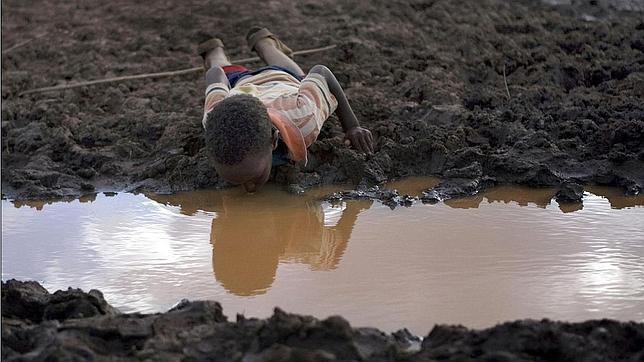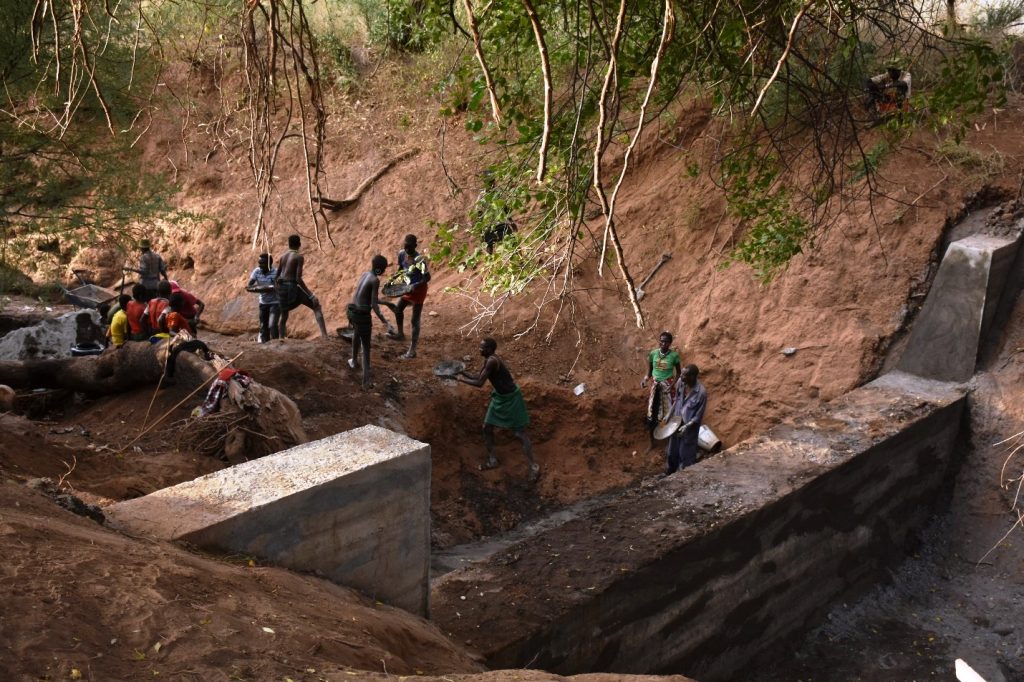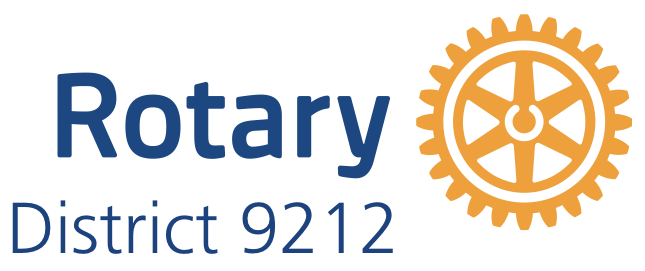SUSTAINABLE Drought Mitigation by RC Nairobi GIGIRI

The World Meteorological Organization (WMO) and the Global Water Partnership (GWP) established the Integrated Drought Management Programme (IDMP) in March 2013 at the High-level Meeting on National Drought Policy. The scope of the programme is to contribute to national efforts for poverty alleviation in drought-affected regions of the world through an integrated approach to drought management cutting across sectoral, disciplinary, and institutional jurisdictions.
One such drought affected regions under the radar of the Integrated Drought Management Programme (IDMP), is East Pokot, Kenya.

In East Pokot, there are 8 boreholes in area that supply water to the community, but none is working; owing to poor maintenance. Most residents in this area live below the poverty line. So, in an area where there are no lakes and streams only flow for less than two months in a year, where do you get water?
Currently, the Pokot people draw water either from digging into the bottom of stream beds and dipping out small quantities of water with a cup, or they get water from a “Water Pan”; a bull dozed hole in the ground where water accumulates in the rainy season. The challenge with pans is that they dry up and there is nothing to prevent animals from entering the water. So animals openly defecate into the water meant for human consumption.

This is not right, but the Pokot people have no choice.
Through research, the Port Orchard Rotary Club, Washington USA, came up with the idea of “Sand Dams”. Sand dams have been around since biblical time and require virtually no maintenance. A sand dam is nothing more than a concrete wall across a seasonal stream that traps sand behind it and the sand acts as sponge that is filled with water and the water infiltrates the stream banks creating what is called a perched aquifer. Shallow boreholes (30-40 feet) are installed in each river bank.
In November /December 2018, working with a Global Grant Number 1528239, one sand dam was installed on a trial basis through a partnership between the Port Orchard Rotary Club and Hifadhi Africa, a non-profit organization. 6 weeks later there was 3 kilometers of water behind the sand dam. An all-volunteer team of over 100 people constructed the sand dam in 3 weeks. After the water appeared, people and animals came from as far away as 72 kilometers to draw water. Imagine the impact!
Upon the exhausting of the Global Grant (GG), a second GG worth $92,350 was developed, fund-raised for, and funds were received from the Rotary Foundation (TRF) on April 25, 2019. This Global Grant from TRF funded the construction of 4 sand dams along with other related water projects. This second phase was a proud partnership between the Rotary Club of Gigiri, Nairobi, and Port Orchard Rotary Club, Washington, USA.
Construction of the 1st sand dam started on Sept 5, 2019. This was however delayed because water was flowing in the Natan River, where all the sand dams have been constructed. The sand dam was near the village of Lokaukon, 7 kilometers from the initial dam. The site was surveyed by a local engineering company to insure it meet the set criteria.

A team of around 200 men and women volunteers were assembled to do the construction. One of the challenges of constructing in riverbeds of seasonal rivers is that it only takes rain anywhere in the watershed to bring water into a construction site. It had rained over 40 miles away. So a pump was employed for a while to empty the nearly completed trench for the concrete wall. The construction would end up taking 11 days rather than the 5-6 days hoped for. Finally, there was a reason to smile.
One of the side benefits of constructing this sand dam was the benefit to the local community. The national government through Constituency Development Fund (CDF) office at Chemolingot, had earlier committed in 2016 (during the construction of the first sand dam) that they would invest $43,000 towards construction and establishment of a primary school at Lokaukon if HAO pledged another sand dam at Lokaukon. The government contractor for the school has since delivered construction materials for 2 classrooms to be constructed 0.8 meters away from the just completed sand dam and the school project is set to be complete by December 2019.

The impact of the Rotary Foundation in this sand dam is huge. There are over 2000 beneficiaries and the Pokot people may alter their life styles. A nomadic life style by its nature is hard. With an assured supply of water, it is likely that people will settle near the sand dams and change to their styles to that of being a crop farmer.
Rotary is making an impact on the Pokot people through the construction of the sand dams. To view the video on the Sand Dams Construction, visit https://youtu.be/3kL5mvvpeZ4.
The legacy of the Rotary Foundation (TRF) lives on.
Submitted By; Rotary Club of Nairobi Gigiri







